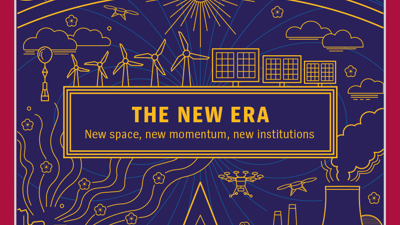The Ministry of Construction has identified five primary causes of urban flooding, as outlined in their recent report. The main factors contributing to this issue include the impacts of climate change, rising sea levels, and heavy rainfall exceeding the design capacity of drainage systems.
For instance, in Hanoi, the drainage network has not been fully developed and is currently undergoing investment, renovation, and upgrades. The city’s drainage system was designed based on a rainfall calculation of 310mm over two days as per the 2013 plan. However, due to the influence of Typhoons No. 10 and 11 in 2025, the city experienced concentrated heavy rainfall with intensities exceeding 250mm in many areas, reaching up to 500mm in less than a day, overwhelming the drainage capacity and causing widespread flooding.
Beyond natural factors, rapid urbanization has outpaced the outdated drainage infrastructure, with many areas still using combined systems for both rainwater and wastewater, leading to uneven drainage capabilities.
The ministry also highlighted that drainage planning in many localities has not kept pace with urban development. Currently, only six centrally governed cities have developed specialized drainage plans, and many of these plans are outdated and do not account for climate change factors. Other provinces have only integrated drainage solutions into their provincial plans, which are mainly general guidelines.
Regarding investment resources, the ministry noted that the budget for drainage only meets about 60% of the demand, and there has been limited attraction of investment projects under the public-private partnership (PPP) model.
To address urban flooding, the ministry proposes that localities implement both immediate and long-term solutions. In the short term, management units should proactively clear drainage inlets, dredge sewers and canals, repair degraded areas, and prepare mobile pumps to promptly handle localized flooding points. Localities are also required to issue a list of lakes, ponds, and wetlands that must not be filled in to prevent flooding and protect water resources.
In the long term, the ministry suggests integrating drainage planning with land use, transportation, and irrigation planning, while reviewing and adjusting the design capacity of drainage systems to match actual conditions. Public investment should prioritize the drainage sector, focusing on completing ongoing projects and attracting investment through the PPP model.
The ministry also recommends building a comprehensive drainage infrastructure, including main pumping stations, collection sewers, intercepting sewers, and regulating reservoirs.
The ministry is finalizing the Water Supply and Drainage Law Project, expected to be submitted to the Government in 2026 and the National Assembly in 2027. They are also reviewing and amending Decree 80/2014/ND-CP on drainage and wastewater treatment.








 Google translate
Google translate